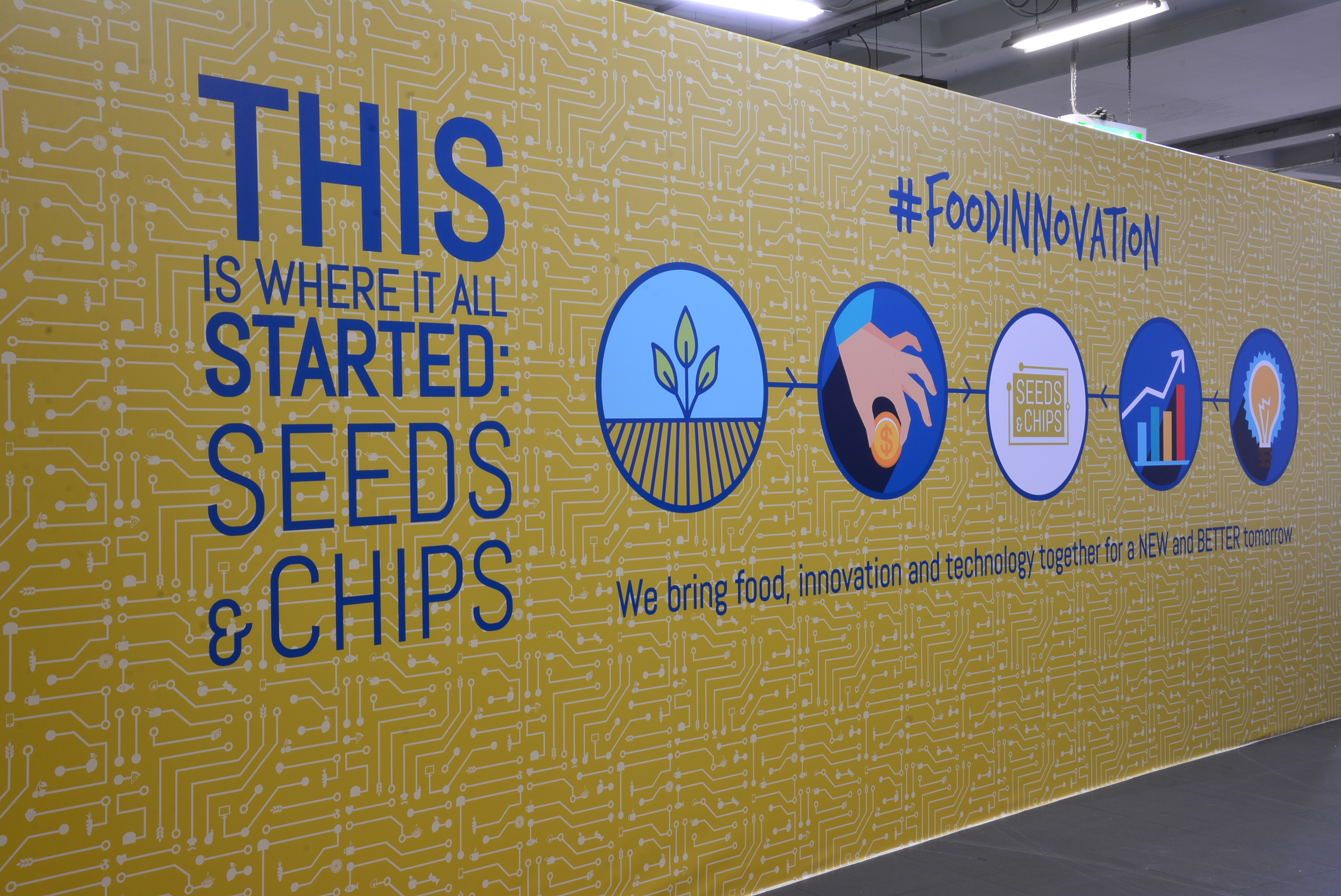Food news and specific knowledge about where our food comes from are no longer for niche users. Millennials are becoming curious and passionate about these things too. That’s why, among the many challenges the food industry is facing today, one is to be able to give concrete responses to these members of the public. “With new consumption habits and powerful technological methods, they’re bringing a true global food revolution to life,” claims Marco Gualtieri, the man behind Seeds&Chips, an event taking place in Milan from 8-11 May, which explores trends and innovation in the food and agricultural industry
Lunch on the go: digital natives love street food
They’re between 21 and 35, they study or work, they’re always connected, and they eat on the go. They’re the digital natives, and they’re even influencing the food sector. With apps, blogs and social communities, Millennials actually have more tools at their disposal to help make choices about food, and they’re looking for authenticity, sustainability, and high quality ingredients.
One of the biggest trends is “food on the go.” Upwards of 11% of young people spend their lunch break out and about, and 28% reportedly love the world of street food, as revealed by the latest Nielsen report on Millennials and food. The report also shows an uptick in hybrid meals like brunch and happy hour mini-dinners.
But Millennials are also concerned with ingredients and where they come from, holding local foods in especially high regard. 35% of consumers believe that meat consumption will decrease in the next 5 years, followed by vegetable oils, sweets, alcohol and dairy products. The real trend of the future will be creating high quality products (“Agroalimentare: falsi miti e nuove verità” report by Ipsos-TuttoFood).
Connected, informed, demanding: the secret is involvement
Due to the digital generation’s hyper-connectedness, the whole supply chain is reflecting new global trends. The food revolution underway isn’t just about choosing what to eat, it’s about a shared experience. One aspect never happens without the other, because these new consumers are demanding. In fact, it’s been noted that digital natives spend more on food ($1.4 trillion dollars annually in the USA, according to Seeds&Chips) and are also more aware of what they eat and “expect to be able to dialogue with brands to communicate ways they can improve” (Nielsen).

How is it possible to keep up with the changes if taste isn’t enough anymore? The secret is to involve them. Interactions, food games, photo contests. Food has never before been such a social experience, precisely because no other generation has felt such a need to share before, even at the table.
Roberta Gavioli




